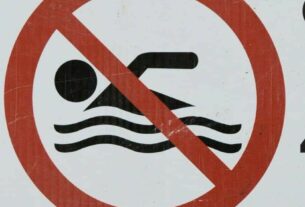**** Via REMO King’s Cty
Carbon monoxide (CO) is one of the leading causes of unintentional poisoning deaths in Canada.
Since it has no smell, no colour, and no taste, it can only be detected with a carbon monoxide alarm in your homes. Reduce your risk by paying attention to possible symptoms of CO poisoning.
Common symptoms include:
– Headache
– Shortness of breath
– Fatigue
– Dizziness
– Nausea
If you suspect CO exposure or your CO alarm sounds, evacuate immediately and call 9-1-1.
.
**** Via Health Canada
Poisonings and injuries related to carbon monoxide exposure
A summary of statistics highlighting unintentional poisonings and injuries related to carbon monoxide exposure.
This data blog presents statistics on unintentional poisonings and injuries related to carbon monoxide (CO) exposures captured in the Canadian Hospitals Injury Reporting and Prevention Program (CHIRPP) between April 1, 2011 and June 15, 2023. CHIRPP is a sentinel surveillance system capturing injuries and poisonings presenting in 21 emergency departments across Canada. Every year, approximately 170,000 injury and poisoning records are entered in the database, from which information, such as the circumstances and types of injuries can be examined. This data blog then concludes by providing important prevention safety measures to reduce the risks of being exposed to CO.
What is carbon monoxide poisoning?
How is carbon monoxide produced?
CO is produced when hydrocarbon fuels such as charcoal, wood, gasoline, natural gas or propane are burned incompletely. The poor maintenance, installation and ventilation of fuel burning appliances and equipment, such as fireplaces, gas ovens and generators can lead to the dangerous buildup of CO gas in indoor spaces, including kitchens, garages and living rooms.
Common sources of carbon monoxide includeFootnote3:
Be aware of the symptoms of CO poisoningFootnote4Footnote5:
The early signs of mild to moderate CO poisoning are similar to the flu or food poisoning (except no fever), and some common symptoms include:
 Headache
Headache Shortness of breath
Shortness of breath Fatigue
Fatigue Dizziness
Dizziness Nausea
Nausea
Higher levels of CO poisoning can, however, lead to worse and life-threatening symptoms, including:
 Vomiting
Vomiting Loss of consciousness
Loss of consciousness Coma
Coma Death
Death
Carbon monoxide-related cases in CHIRPP
As presented in Table 1, between April 1, 2011 and June 15, 2023, there were 767 unintentional CO-related events reported in the CHIRPP database, representing 42.6 cases per 100,000 CHIRPP records. Of these events, the mean age was 17.5 years; males represented 55.1% of cases (n = 423), and children aged 0 to 4 years represented the highest percentage among age groups at 24.3% (n = 184). Nearly two-third of cases (63.6%) occurred during the colder seasons of Canada: fall and winter. Work-related incidents involving CO exposure accounted for 10.6% of cases (n = 81). There were 150 incidents that resulted in two or more patients presenting in the emergency departments – these incidents involved 458 patients in total.
Table 1. Characteristics of carbon monoxide-related cases in CHIRPP, April 1, 2011 to June 15, 2023:
Emergency department presentations and outcomes
Among all cases, poisoning and asphyxia/threat to breathing were the most common emergency department presentations at 85.7% (n = 655). Of note, among 12.1% of cases (n = 93), no injuries or poisonings were detected following assessments at the emergency departments. In terms of outcomes, the majority of patients required observations and treatments in the emergency departments at 37.1% and 31.9%, respectively. Approximately 6.9% of patients were admitted to the hospital (Table 2).
Table 2. Characteristics of carbon monoxide-related emergency department presentation in CHIRPP, April 1, 2011 to June 15, 2023:
Source of carbon monoxide exposure
Where reported, vehicle emission, smoke/fire and barbecues were the most common sources of CO exposure reported, accounting for over one third of identified cases (Table 3).
Table 3. Carbon monoxide-related poisonings and injuries by source in CHIRPP, April 1, 2011 to June 15, 2023:
Statistics from the Consumer Product Safety Program- Health Canada
From June 20, 2011, to February 28, 2023, the Consumer Product Safety Program received 49 reports involving unintentional CO poisoning. Among the 49 reports, 43 described events in Canada. These reports also noted 34 instances of reported fatalities and 15 reported injuries related to CO poisoning.
The top 3 product categories reported include:
- Kitchen appliances (n = 15)
- Heating and cooling appliances (n = 13)
- Generators (n = 12)
Additionally, there are approximately 150 possible cases of CO poisoning reported from media sources. Due to limited information available in these reports, involvement of CO poisoning is suspected but could not be confirmed and location will vary.
Prevention: Reduce the risks of carbon monoxide exposure
CO poisoning is preventable. Below are some important safety measures that may help reduce the risks of being exposed to CO:
Safety characteristics and specific guidance that may help reduce the risks of being exposed to CO:
Take Action: What to do if you suspect CO exposure
- Evacuate the property immediately and move to an area with fresh air.
- Call 9-1-1 without delay.
- Do not go back inside. Wait for the approval of emergency services responders before re-entering the premises.
Limitations
The results presented above do not represent all CO-related injuries and poisonings in Canada. CHIRPP is a sentinel surveillance system that collects data from select emergency departments across Canada. Injuries involving Indigenous peoples including Inuit, Métis and First Nations and people who live in rural areas may be under-represented in the CHIRPP database, as most CHIRPP hospital sites are located in major cities. Fatal injuries are also under-represented in the CHIRPP database as the emergency department data do not capture deaths occurring before being taken to the hospital or after being admitted via another department. Information is continuously entered into the CHIRPP database; therefore, some years may not have complete data.
.
Carbon monoxide poisoning
About carbon monoxide
Carbon monoxide (also known as CO) is a gas that causes illness and can lead to death. It has no:
- smell
- taste
- colour
Carbon monoxide is produced whenever you burn fuel like:
- coal
- gasoline
- natural gas
- oil
- propane
- wood or wood pellets
It’s also a product of second-hand smoke.
Carbon monoxide is lighter than air and can move freely throughout your home or cottage at any time of the year. However, the risk is greatest in winter months because most homes in Canada are heated by:
- furnaces
- wood stoves or wood pellets
- water heaters or boilers
- other appliances that run on burning fuels
These devices can release carbon monoxide into your home if they are not installed or maintained correctly, or if they malfunction.
Other sources of carbon monoxide include:
- gas-powered generators
- charcoal grills
- vehicle exhaust
- gas-powered cooking appliances
- blocked chimney flues
- gas-powered dryers
These devices become a risk when they are used in unventilated or poorly ventilated areas, such as a:
- home
- garage
- cottage
- camper
- tent
Symptoms of carbon monoxide poisoning
Breathing CO reduces your body’s ability to carry oxygen in your blood and can affect you before you notice its presence. Exposure to the gas can cause carbon monoxide poisoning (CO poisoning) and is dangerous to your health.
At low levels, CO poisoning effects include flu-like symptoms, such as:
- tiredness
- headaches
- shortness of breath
- impaired motor functions, such as:
- muscle weakness
- partial or total loss of function of a body part (limb or limbs)
At increased levels, or if you are exposed to low levels for longer periods of time, you can experience:
- dizziness
- chest pain
- poor vision
- difficulty thinking
At very high levels, it can cause:
- convulsions
- loss of consciousness
- coma
- death
Preventing carbon monoxide poisoning
Keep your home and cottage air clean and free of carbon monoxide by:
- avoid smoking indoors
- keeping the door between your house and the garage closed
- not idling vehicles in the garage, even when the garage door is open
Never use:
- Never use gas-powered machines in the garage, such as:
- trimmers
- generators
- lawnmowers
- snowblowers
- Never use a barbecue or portable fuel-burning camping equipment inside a:
- home
- garage
- vehicle
- camper
- tent
- Never use kerosene or oil space heaters and lamps in enclosed areas unless they’re specifically designed for indoor use
Regular appliance maintenance and inspections
You can help prevent carbon monoxide release into the home with good maintenance of fuel-burning appliances.
Make sure appliances are regularly maintained and inspected by a professional at least once a year or in accordance with the manufacturer’s instructions. This includes fuel-burning:
- furnaces
- fireplaces
- stoves
- water heaters
- dryers
Home owners should regularly examine propane and natural gas powered appliances, such as:
- stoves
- dryers
- heaters
- refrigerators
They should be checking for:
- leaks
- cracks
- blocked vents
- improper installations
- poor connections of gas lines to:
- appliances
- vents
- breaks or tears in connection tubes
- corroded or disconnected venting pipes
Inspect exhaust vents during and after snowstorms to make sure they are not blocked with ice or covered by snow or debris. Do this for your:
- dryer
- furnace
- fireplace and chimney
- heat recovery ventilator (HRV)
- wood-burning or gas stove
Carbon monoxide alarms
Carbon monoxide (CO) can only be detected with a carbon monoxide alarm. You should have at least one CO alarm installed in your home, in addition to a smoke alarm. Smoke alarms alert you to fires, not carbon monoxide. CO alarms can be purchased at any hardware or home equipment store.
Certification marks
When buying CO alarms at stores or online, it is important to look for products that are certified for use in Canada.
The certification marks must be to Canadian safety standards.
CO alarms with a Canadian certification mark have been tested by laboratory professionals. The mark indicates that the product meets the requirements of Canadian safety standards.
Certification marks must be found on:
- the CO alarm, and
- the product packaging.
Here are some common Canadian certification marks you may find on CO alarms and their packaging:
For products sold online, the product description may also indicate if the CO alarm is certified to Canadian safety standards. If you are not sure, ask the seller. If the seller cannot confirm that the product is certified to Canadian safety standards and bears a Canadian certification mark, don’t take the risk, only purchase products that have this required information.
Find out more about buying consumer products online.
Install carbon monoxide alarms correctly
The most important place to install a CO alarm is in hallways, outside of sleeping areas. It will have an audible alarm to warn you of high carbon monoxide levels in your home.
Make sure to follow the manufacturer’s suggestions for:
- installation
- testing
- use
- maintenance
- replacement
Test carbon monoxide alarms regularly
Test your CO alarms regularly. Replace batteries and the CO alarm as recommended by the manufacturer. Write on the battery or device to remind yourself when it was installed and when it should be replaced. Check the expiry date of your CO alarms and replace them when necessary.
Contact your local fire department for more information on the use and installation of carbon monoxide alarms in your area.
If your carbon monoxide alarm sounds
If your carbon monoxide alarm sounds, you should do the following.
- leave your home immediately and move to fresh air
- do not try to locate the source of carbon monoxide
- once outside, call 9-1-1, your local fire department, or emergency services
- return to your home only after the problem has been fixed by a professional

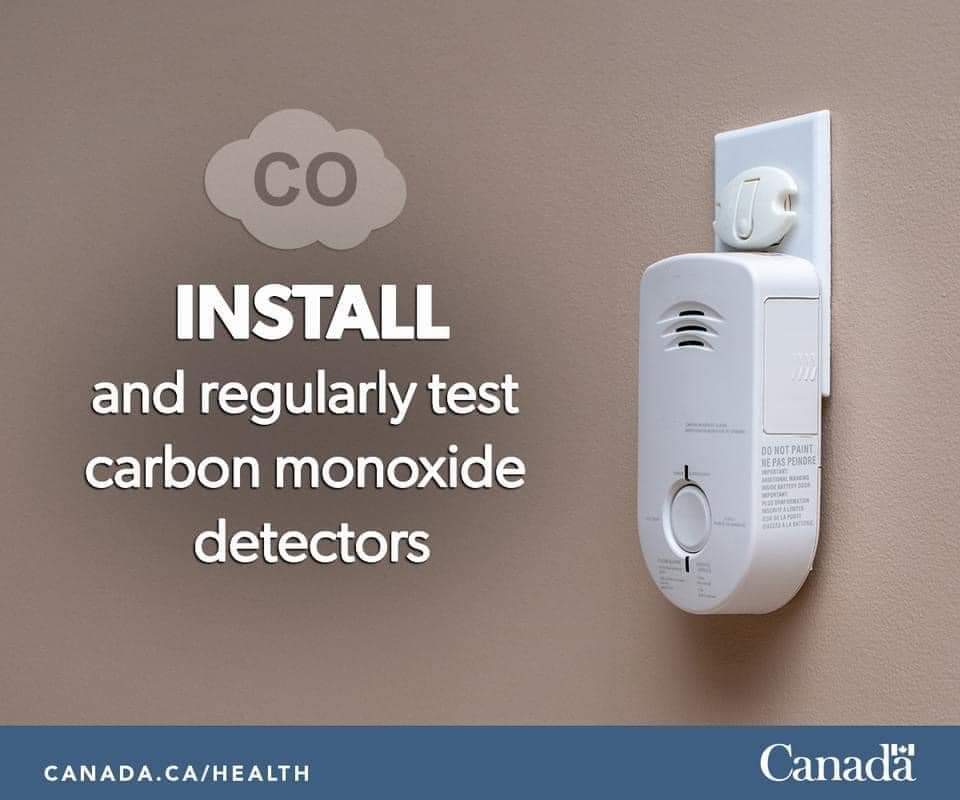
 Headache
Headache Shortness of breath
Shortness of breath Fatigue
Fatigue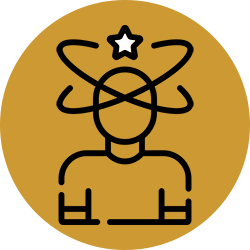 Dizziness
Dizziness Nausea
Nausea Vomiting
Vomiting Loss of consciousness
Loss of consciousness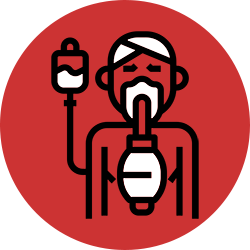 Coma
Coma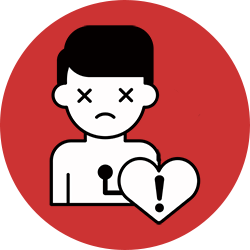 Death
Death

